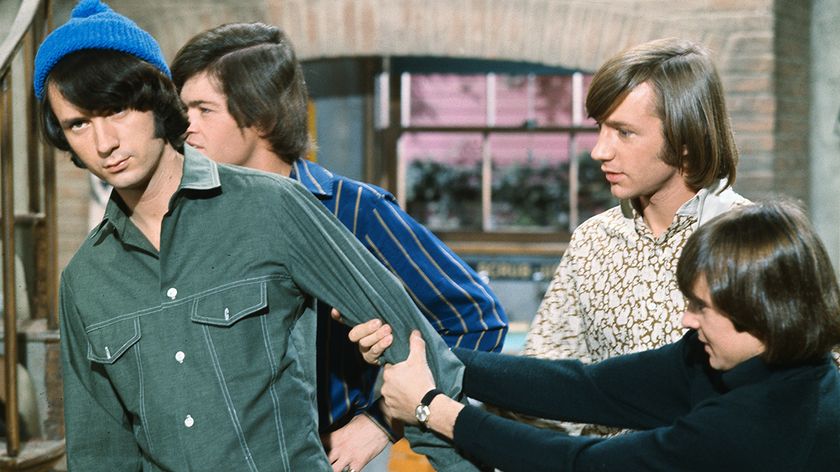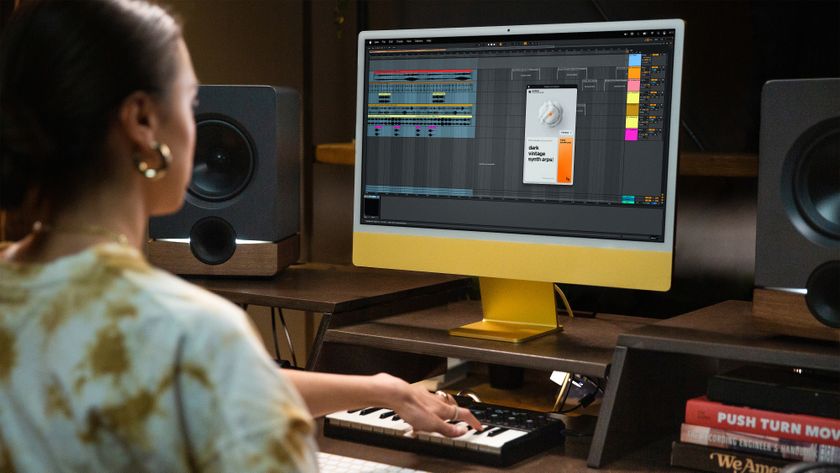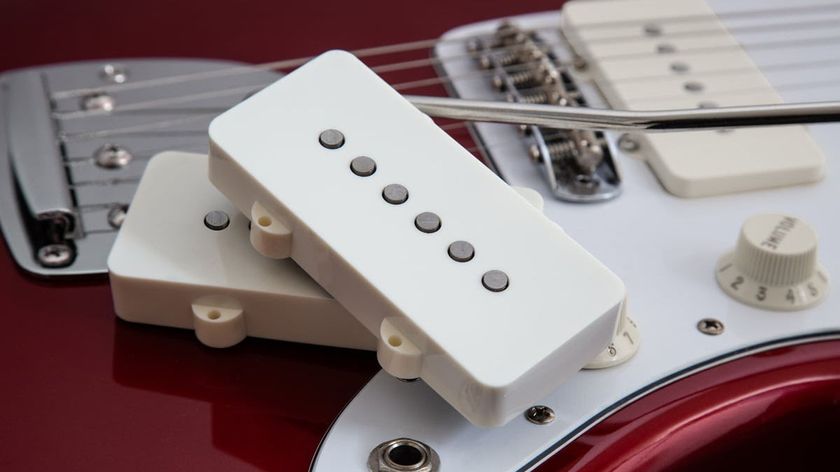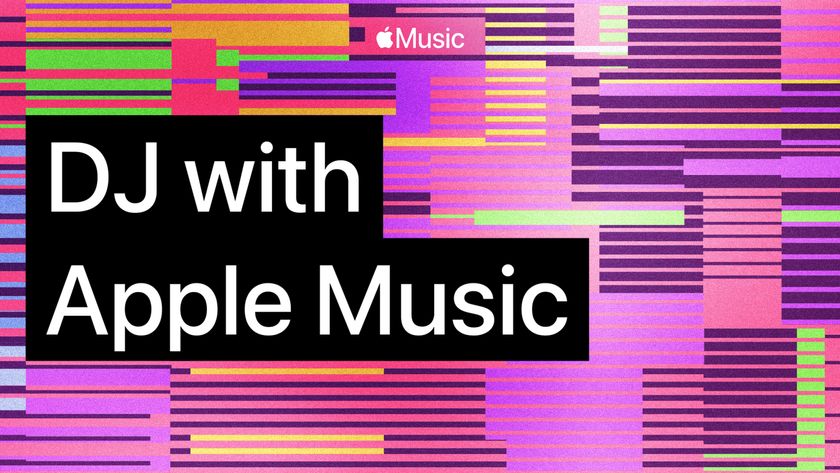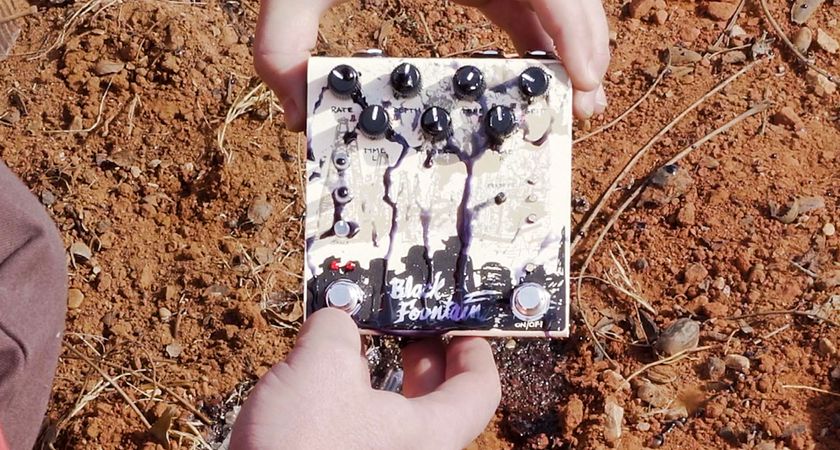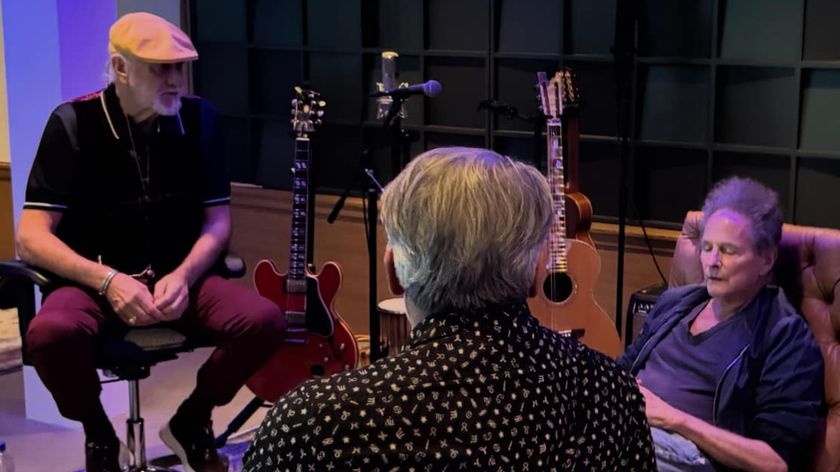Producer Masterclass - Joe Ford: “I learned sound design purely through trial and error. My patience is extremely short”
The UK producer took time out from creating DnB anthems to show us how to build a tearing neuro Reese bass using Serum in Ableton Live...
MTS 2020: Shogun Audio signee Joe Ford makes some of the biggest bass sounds in DnB, so when, in 2018, he offered to share his filthy production secrets with us at Shogun’s Brighton HQ, we jumped at the chance.
In this Producer Masterclass, Joe focuses on a neuro DnB bassline: specifically, talking us through every step of its creation in depth. Before we get started, let’s find out how Joe became such a bass-wrangling wizard...
Where does your love of music come from?
“When I was younger, I tended to look to my brother - he got me into metal pretty early, when I was nine or so. I used to listen to the bands he liked, and I guess I found my first love with Linkin Park - Hybrid Theory. I was completely hooked by it.
“My brother started playing drums, so I did as well, and I took that quite seriously. That was my first entry into playing music, and I picked up a little bit of guitar on the way. It was all oriented around band music - metal, predominantly. I had no knowledge of electronic music at all then.”
When did you start getting into electronic music?
“I discovered it and started producing simultaneously. When I was in high school, I heard a Justice tune called Genesis, and there was a little wob in there that caught my ear.
Get the MusicRadar Newsletter
Want all the hottest music and gear news, reviews, deals, features and more, direct to your inbox? Sign up here.
“Then, when I was 16, a friend of mine introduced me to Havoc by Datsik. I’d only ever heard cheesy bleepy electro and stuff like that, so in my mind, synthesizers were quite clean-sounding; but he managed to make them sound awful and really interesting!
“It fascinated me enough to start searching on forums. I got Cubase and a synthesizer and started working out how it was done. I never looked back!”
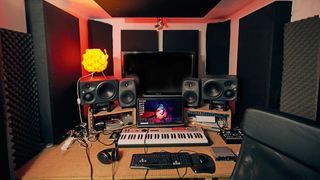
Which synth was your introduction to gnarly wobs?
“Albino 3, which unfortunately doesn’t work any more. There are some sounds I can do in there, with a particular saturation setting, that I can’t find elsewhere... but the company doesn’t sell the synth any more!”
How did you learn sound design?
“Purely through trial and error. My patience is extremely short - I can sit down for eight hours tweaking a sound just fine; but if, mid-session, I need to find out how to do something and load up a tutorial on YouTube, even if it’s only ten minutes long, I just can’t sit through it. I always just close it down and try and work it all out for myself, even though it takes me longer.
“I was trying to save time because of my short attention span, but in reality, it probably took a lot longer. The result of that was that I never copied what other people were doing: I had to do it myself, so I suppose it was quite an unusual entry into sound design.”
What about mixing?
“I’d be constantly referencing my favourite artists. I’d whack a Noisia, Spor or Koan Sound tune into a project - they were my three ‘go-tos’ that I was trying to emulate. I’d use whatever gear I had to analyse what they were doing, and emulate that in my own tunes.
“There’s a plugin called Voxengo SPAN, an analyser, which I found by watching a Noisia tutorial. It allows you to see what’s going on and compare that with what you’re hearing. The more you can link what you’re seeing to what you’re hearing, you can remove some of the emotional side of music and quantify it in a way. That helps you to emulate it more readily with your own stuff. I just looked at what everyone else is doing, used my ears and tried as much s**t as I could to make it sound good!”
In this exclusive tutorial, Joe shows us how to make a face-melting Reese bass with Serum and Ableton Live 10.
This Producer Masterclass originally appeared in Computer Music 258 (August 2018)


Computer Music magazine is the world’s best selling publication dedicated solely to making great music with your Mac or PC computer. Each issue it brings its lucky readers the best in cutting-edge tutorials, need-to-know, expert software reviews and even all the tools you actually need to make great music today, courtesy of our legendary CM Plugin Suite.


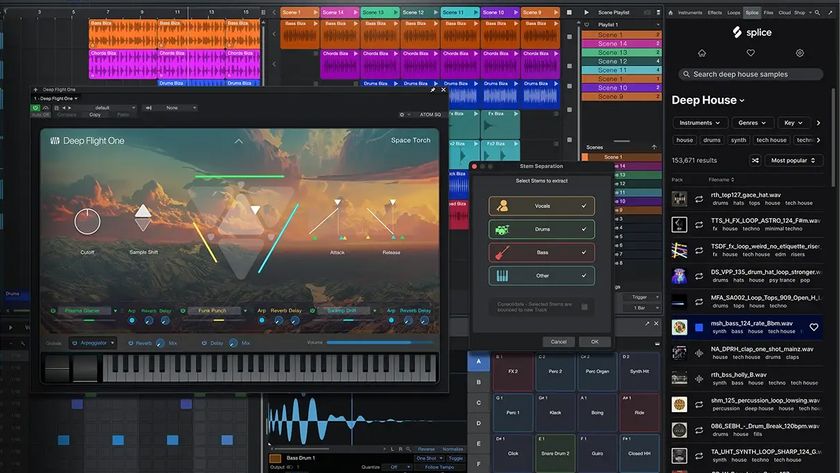

![Justin Hawkins [left] of the Darkness plays an open G on his offset electric and closes his eyes as he performs onstage; soul-reggae icon Johnny Nash [right] frets a chord on his acoustic and wears a patched denim jacket.](https://cdn.mos.cms.futurecdn.net/hWzCjD9ZWQiPPjMtTWiFfa-840-80.jpg)

